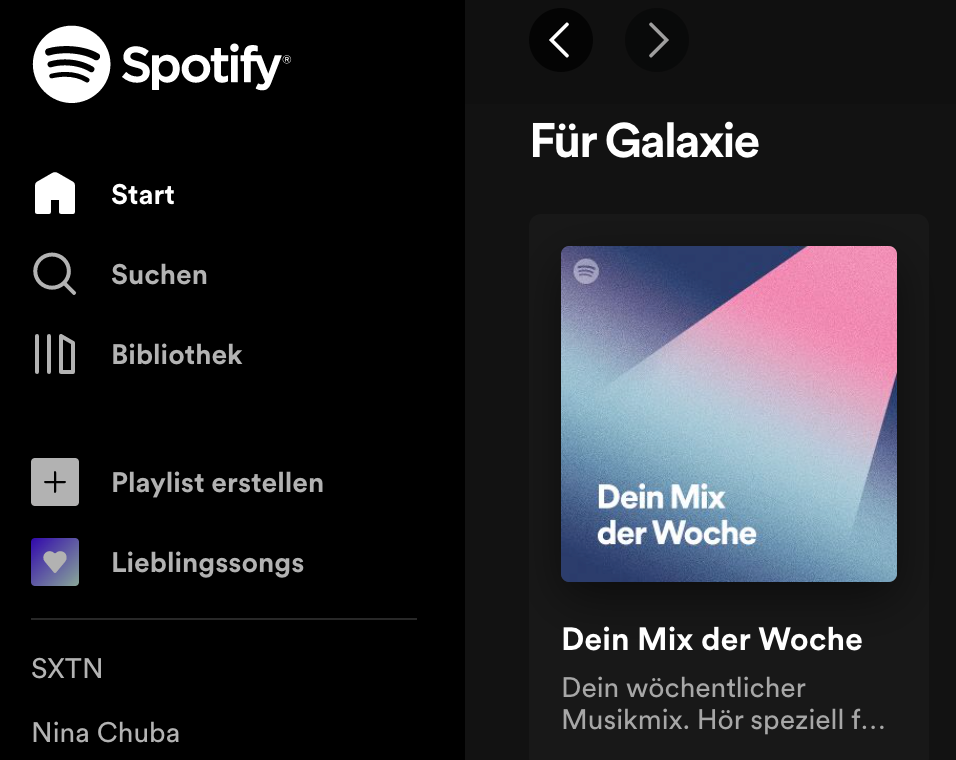
Hyper Personalization on the Web: Increased Sales Through an Optimized Customer Journey
This article is a guest post by the digital agency cierra.
The declared goal of hyper personalization is to treat users as unique individuals thanks to customized information in order to optimize the customer experience. A personalized approach to customers in marketing is not new; after all, personalized newsletters & co. have been around for decades.
So what is the difference between this and personalization? What are the advantages for customers and providers? What do companies have to consider when collecting and evaluating (customer) data? We will explain this in the following.
What Is Hyper Personalization?
Put simply, this is the targeted provision of personalized products or services. The basis for the possibility of offering the user or customer individually tailored content at exactly the right time is, among other things, the use of real-time data and artificial intelligence (AI).
Whether smartphone, laptop, or tablet: customers transmit data almost continuously, providing information on lifestyle, preferences, or online behavior. If this data is used for personalized customer experiences along the entire customer journey, we are in the realm of hyper personalization.
In other words, the goal is to treat users as unique individuals thanks to custom-fit information and thus to optimize their (shopping) experience in a way that takes their very personal situation into account.
Hyper Personalization in Everyday Life
When our favorite Italian restaurant knows us so well that it has met our taste exactly with its surprise pizza, or the baker around the corner addresses us by our name, this is not only good marketing but also puts a smile on our faces. We are individual, we have individual needs, and we like to be perceived that way.
“Hi Patrizia, based on your order history, you might need espresso beans again soon. Would you like to reorder now?” – that’s how our “Alexa” was addressed the other day. Whether it’s recommendations for repeat purchases, bundle offers just before Amazon checkout, or the personal music mix of the week in the Spotify app – hyper personalization is already part of our everyday lives.

Streaming providers like Netflix also place a lot of emphasis on the customer experience in their marketing: For example, customer-specific start pages are displayed that suggest what one might like next based on the most recently seen movies and series. As a customer or user, we usually don’t think any further about it, but gratefully accept the personalized suggestions or offers.
The Difference Between Personalization and Hyper Personalization
What counts in marketing is a personalized customer experience. “Hello Mrs./Mr. Mustermann” – Just a few years ago, ordinary personalization was the standard, the personally worded mail adapted to its target group seemed to inspire confidence. Even product suggestions based on past purchases are personalized based on the item viewed.

The boundary with the usual personalization is fluid, but hyper personalization goes a few steps further. Here, data – including temporal and local data – is collected, evaluated, and interpreted in real-time, and everything is based on the customer’s intentions, on what was liked, searched for, or last purchased.
IoT (Internet of Things), i.e., Internet-connected smart products and devices that can transmit data online, as well as machine learning and artificial intelligence (AI), make highly individualized, predictive personalization possible.
Hyper Personalization as a Customer Loyalty Tool
When used correctly, both the customer and the company are satisfied. If the company wants to generate sales, it must not only reach the (potential) customer with the right marketing messages on the right channel but also at the right time. In other words, when they are relevant to him and he, therefore, perceives them better.
The more individually personalized content is for the customer, the more unique their customer journey will be. Unique experiences that delight the customer are more likely to make him want to repeat them, and thus to remain a customer of the company for the long term.
Benefits for Users/Customers
Everyone enjoys positive experiences. Hyper personalization takes advantage of the customer’s desire to be perceived as an individual and not to receive unnecessary or inappropriate offers. Who wants to visit a website that constantly offers you pool accessories even though you don’t even have a garden, dog food even though you have fish, etc.?
However, if you are served accurately based on your own interests and situation, your trust in the company increases, and the site visit or shopping experience is simply more fun. Furthermore, it is helpful if you are suggested accessories that match your products so that you don’t have to spend unnecessary time on further research yourself.
And also reminders of purchased products that are nearing the end, and therefore time for replenishment could be a nice help in everyday life.
Advantages for Companies
The idea behind hyper personalization is to serve the user not only in mails with customized content. They should also feel that they are being addressed individually and appropriately during their visit to the company website and that they have a positive overall perception of the company.
Under certain circumstances, this can also facilitate the work of the sales team during personal contact with the customer.
If all the information already available is used and the content is adapted to personal interests and the individual situation, the likelihood that the user will feel comfortable, stay longer on the page, and ultimately purchase the products or services is many times higher.
This means that the biggest hurdle, namely turning a visitor into a customer, has been overcome.
And if the company ensures through hyper personalization that the customer is also completely satisfied, not only does the probability increase that this customer will return goods less frequently or not at all, but also that he will remain a customer in the long term and buy again.
Hyper Personalization in Implementation
If the customer has confidence in the company, which gets to know him better and better, this leads to an increased conversion rate and better user engagement.
For example, a provider of children’s fashion can send out a newsletter at regular intervals after the purchase of certain clothing items, suggesting that the customer place a new order according to the weather or the next appropriate size.

However, this requires the storage of large volumes of online and offline data on each individual user and customer.
The Basics
The basis for hyper personalization is provided by customer profiles that are maintained and kept up to date. For successful implementation, the right data must be used with the right technologies. Companies must therefore address the following topics, among others, in advance:
- Goals/benefits for the company
- What data is relevant to meeting goals?
- How and where can this data be obtained?
- Legal framework of data use (DSGVO).
- What are the benefits for the users?
- Technical implementation of data collection, storage, and evaluation.
It is advisable to start on a small scale in order to avoid getting bogged down in the procurement and linking of larger amounts of data. The knowledge gained can be incorporated into further planning and procedures, thus minimizing the error rate.
Difficulties and Limitations
An important hurdle in the implementation of hyper personalization on the Web is permanent compliance with data protection. This is because the basis of any type of data collection and storage is always the consent of the user. Companies must therefore check very carefully whether their data collection and use processes comply with the GDPR.
In order to comply with the guidelines, it is necessary to inform customers or users at all times that data is being collected and stored, whereby explicit consent may be required – for many, the storage of their data does not sound like a benefit at first.
Furthermore, a holistic clean data management is necessary. Information about each individual buyer must therefore not only be collected, but also compiled and interpreted in order to develop a meaningful profile.
Here, companies, especially those in the SME sector, often lack the networking, e.g. of internal departments, to bundle data in a meaningful way, and also the technology. Because where a lot of personalization is required, the technology must make this flexibility possible.
Do you |
Discover the most relevant agencies for your project based on your own specific requirements.
Find an agency!In addition, time, ergo manpower, and thus financial resources, must be invested in the creation of textual and visual individual content.
Conclusion
The more precisely offers and information are tailored to personal needs, the more likely it is that they will positively influence the purchase decision and that the customer will feel comfortable and well-advised or served. And those who are satisfied will come back.
However, companies that want to implement hyper personalization as part of their marketing in customer communications must invest a lot of time and effort in addition to monetary resources. Data collection and analysis can integrate AI solutions and machine learning algorithms. Properly implemented and applied, both the customer and the company benefit from hyper personalization.







